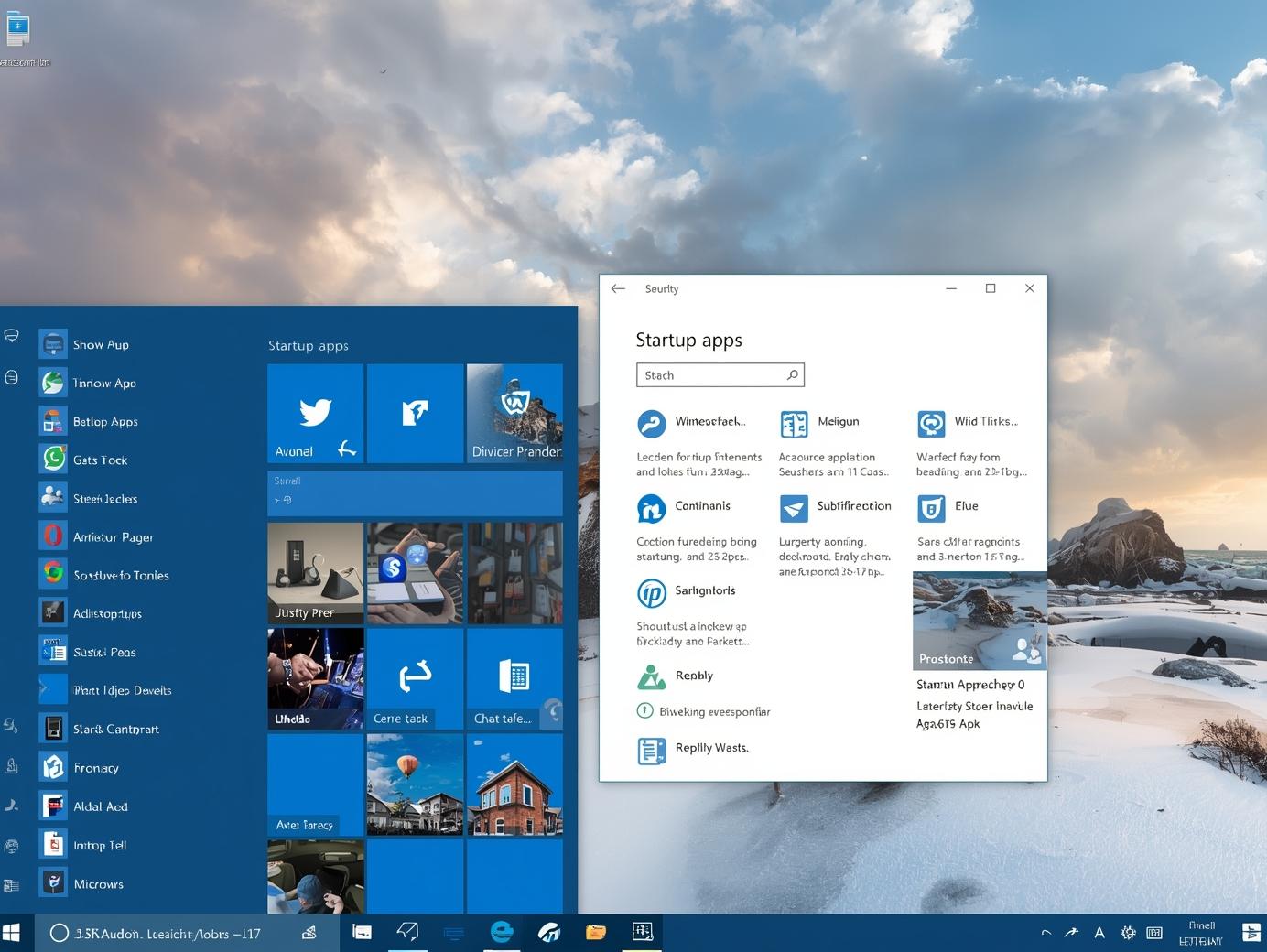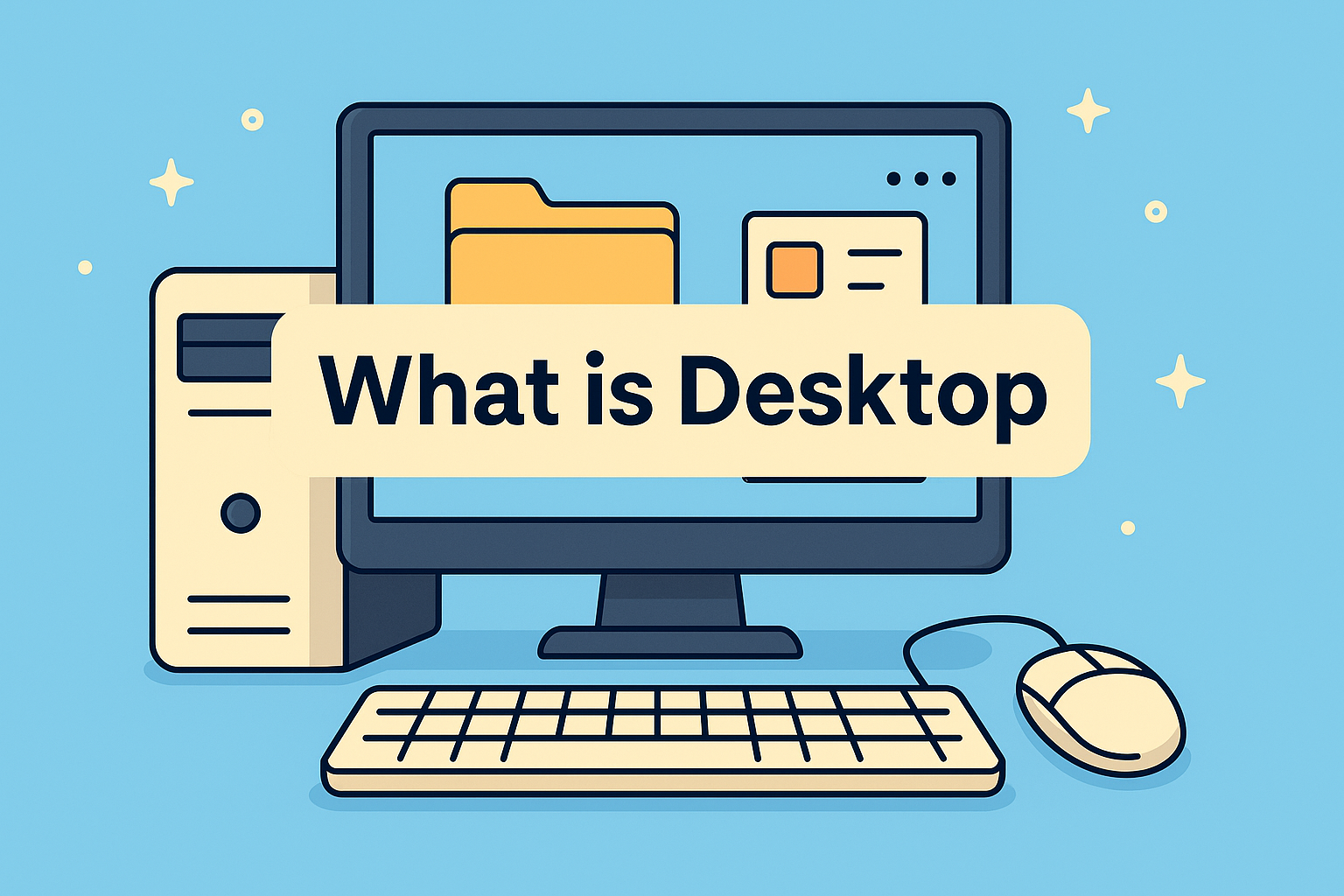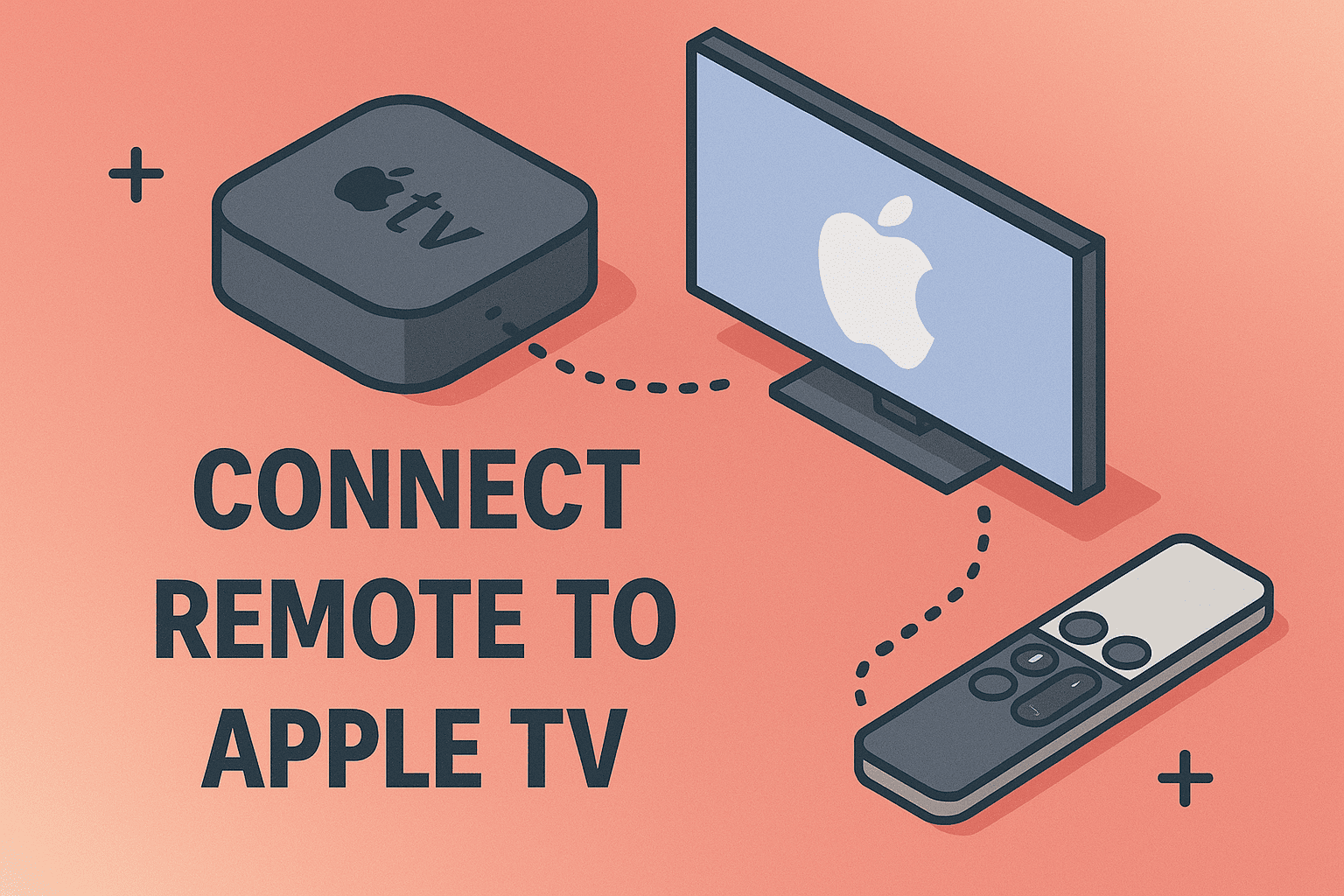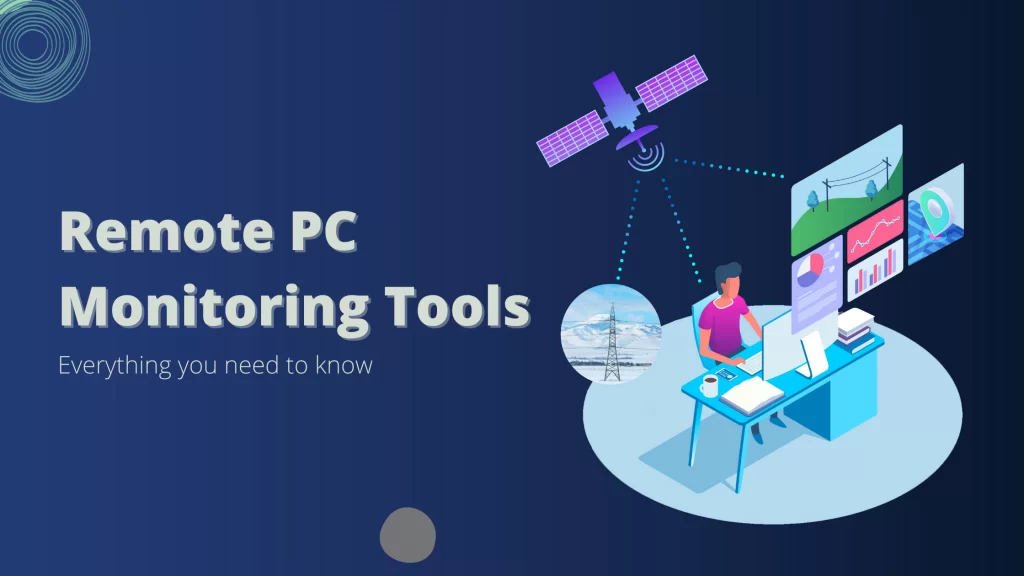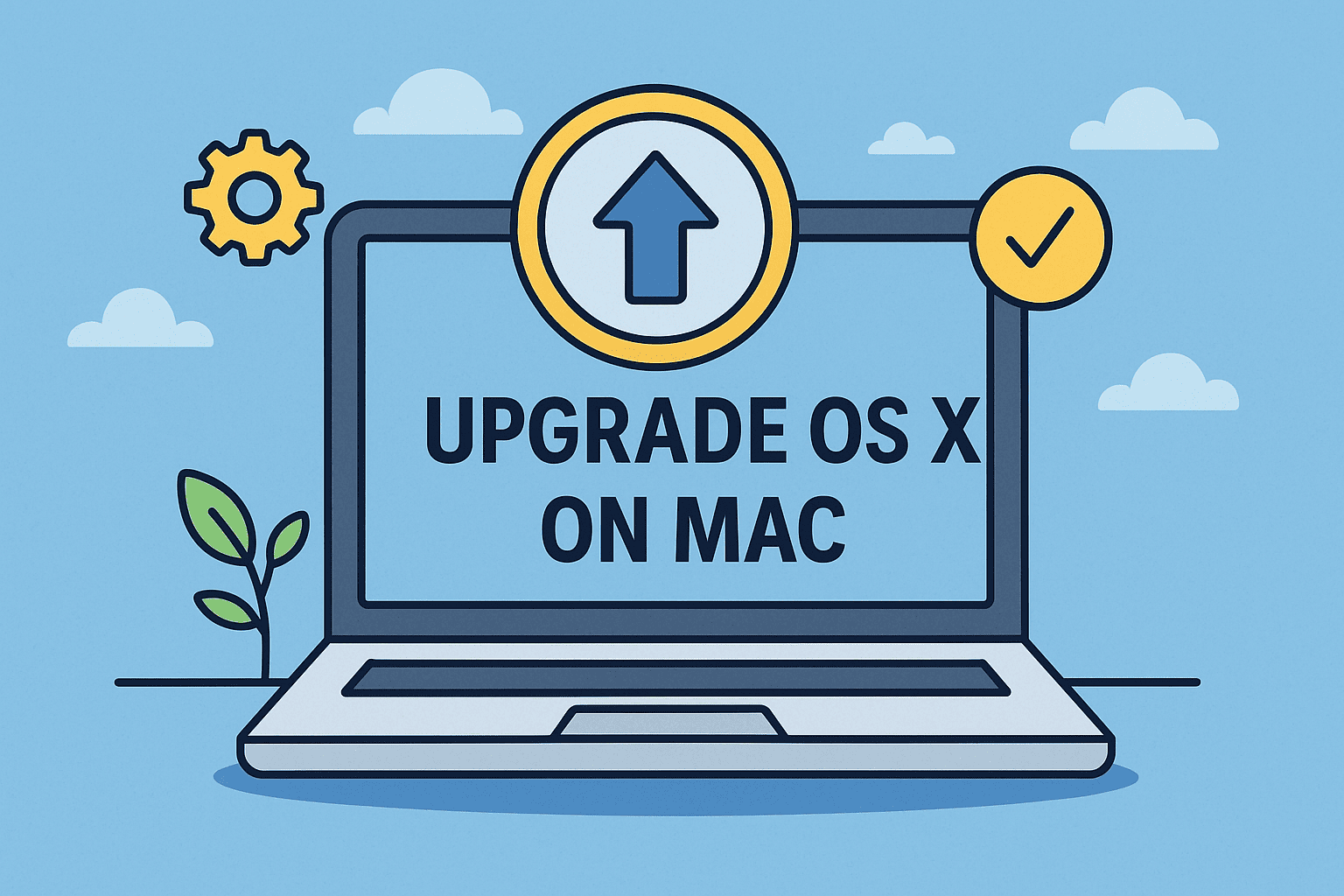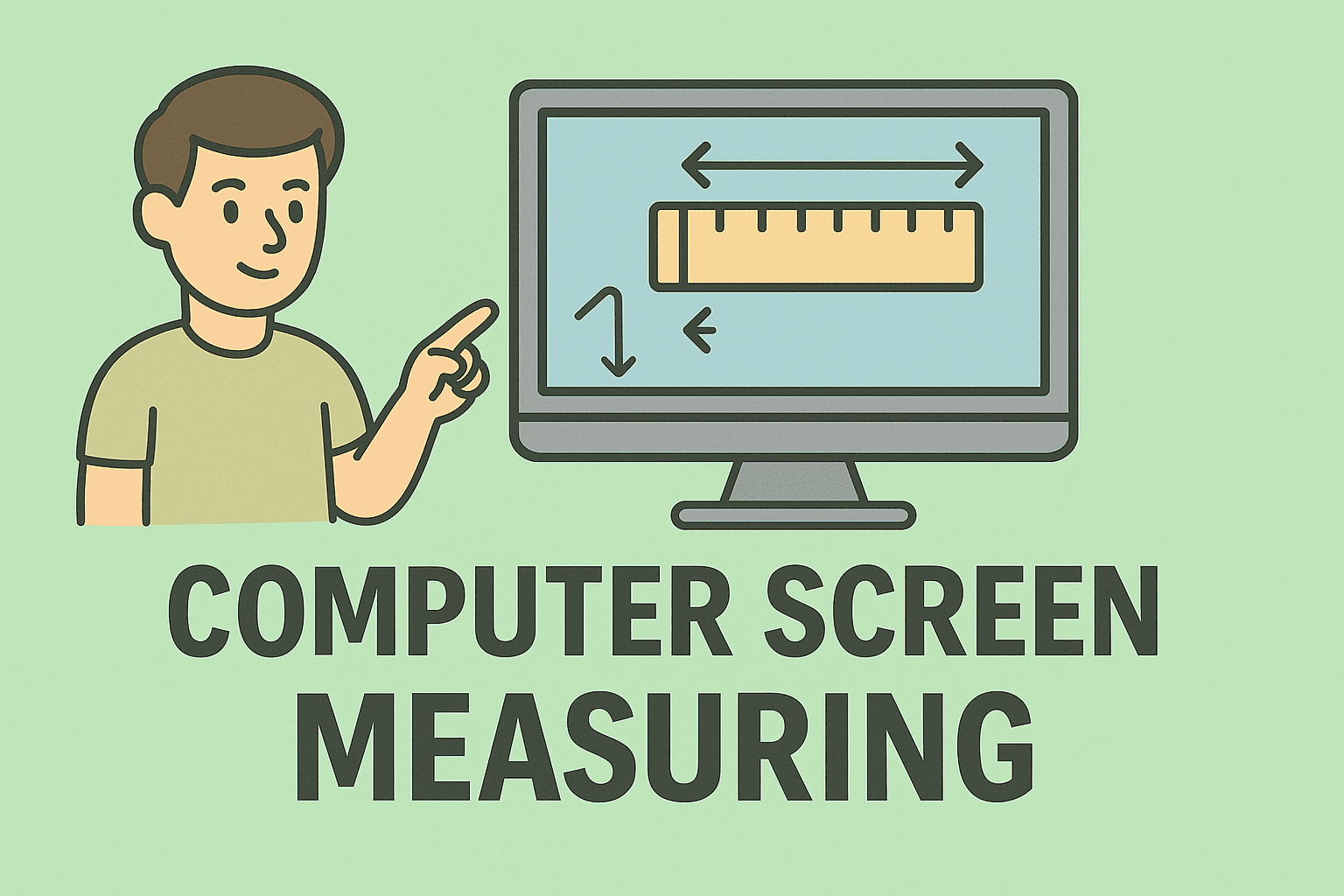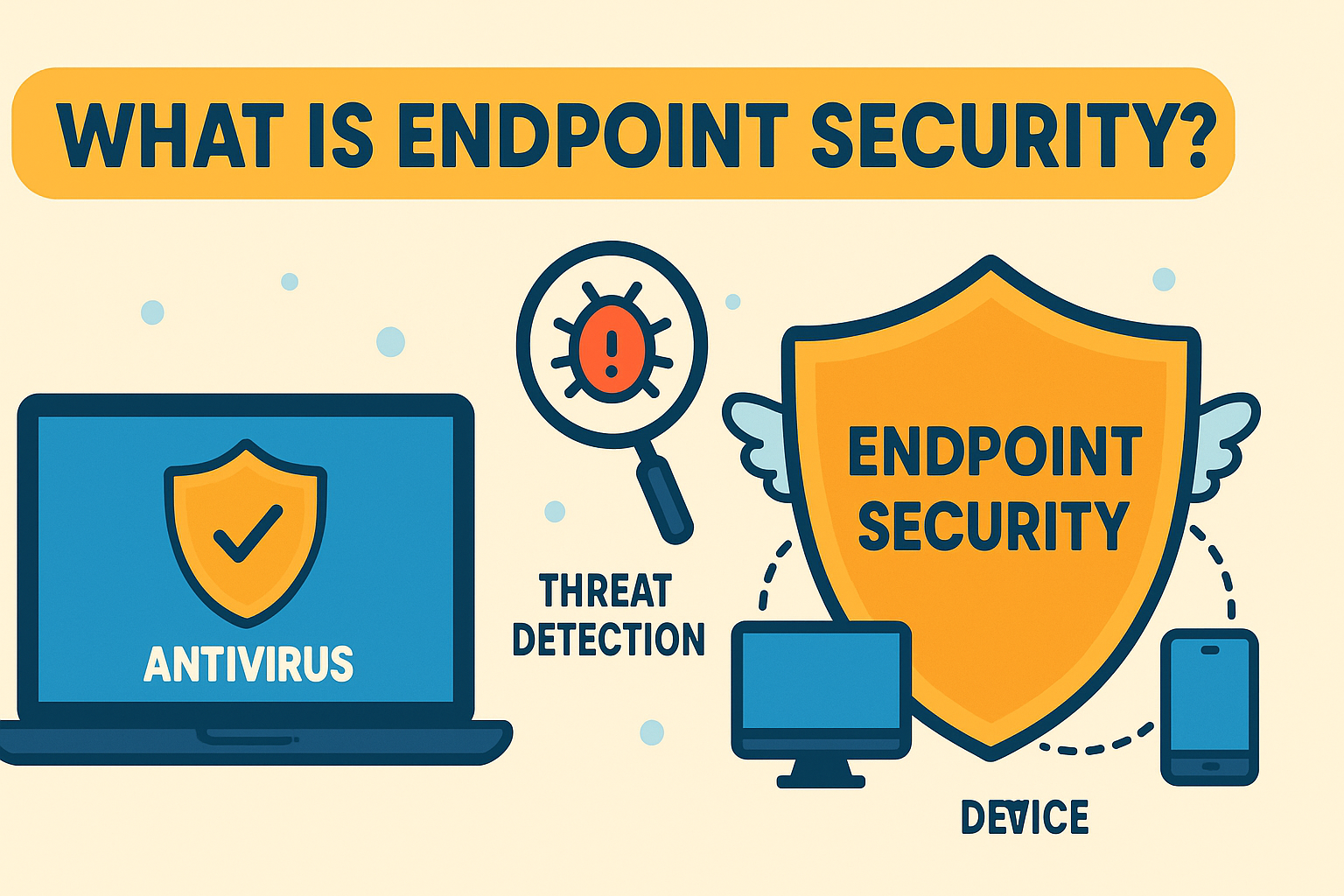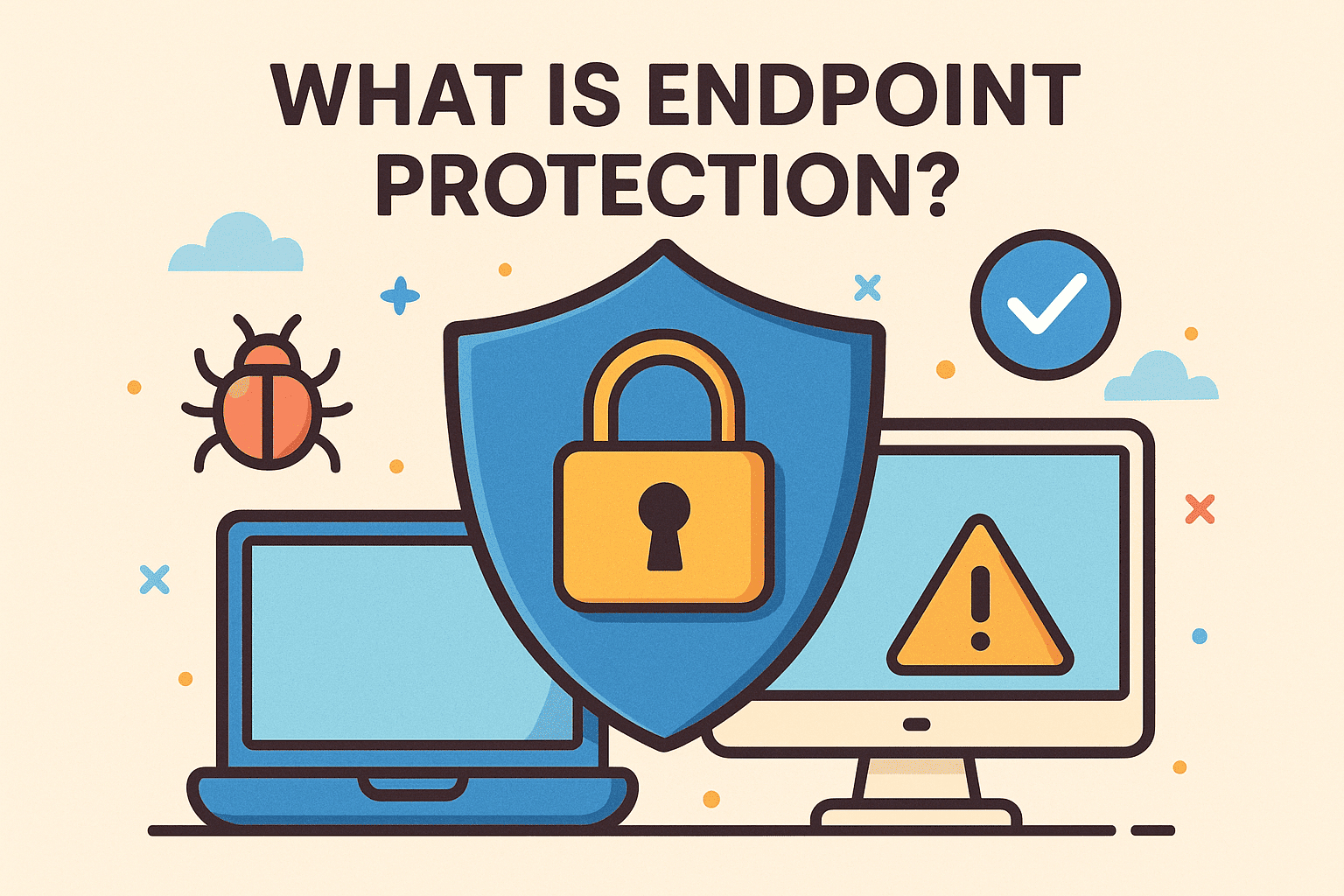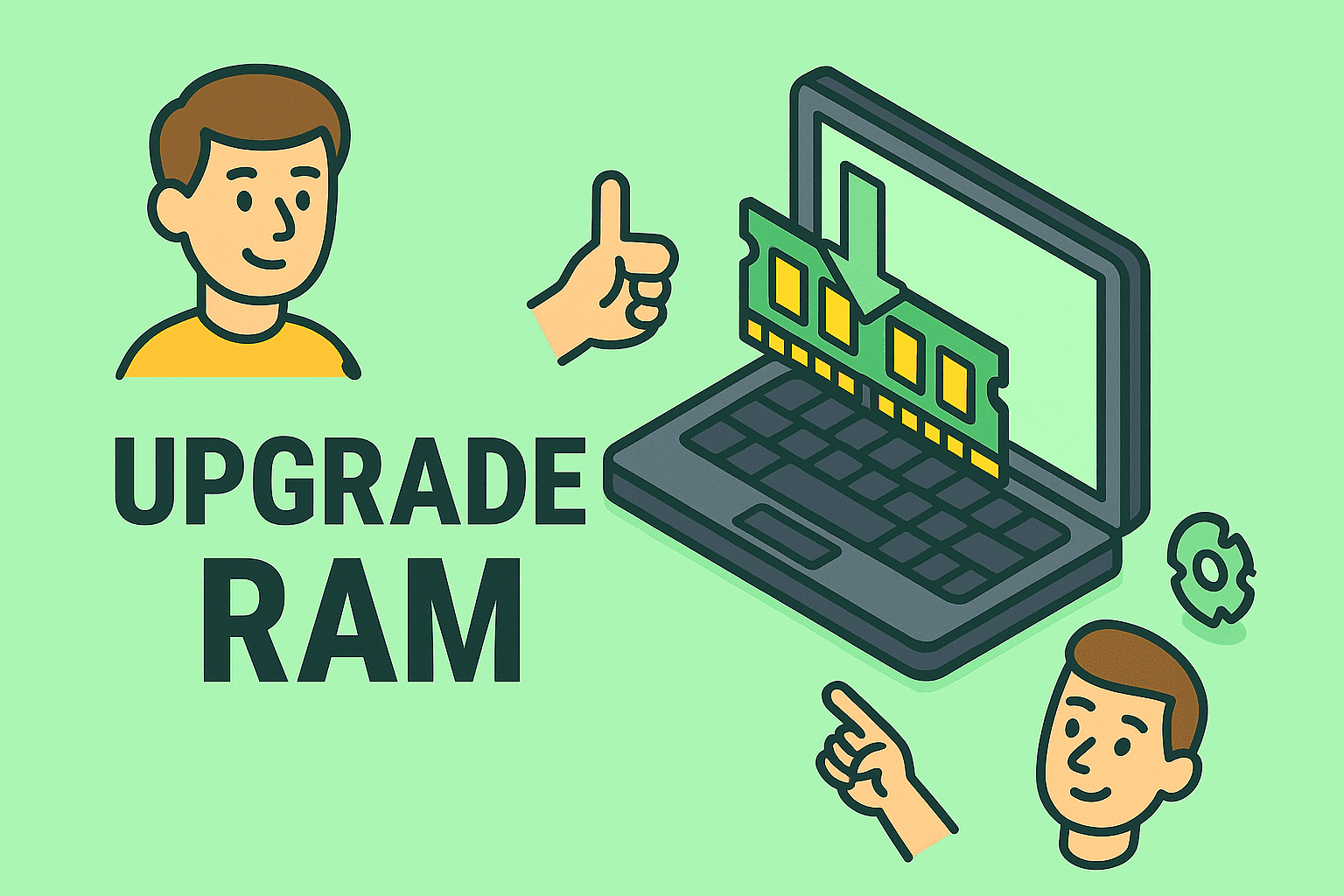Mastering MacBook Pro Screenshots: A Step-by-Step Guide for Professionals
Updated on July 4, 2025, by ITarian
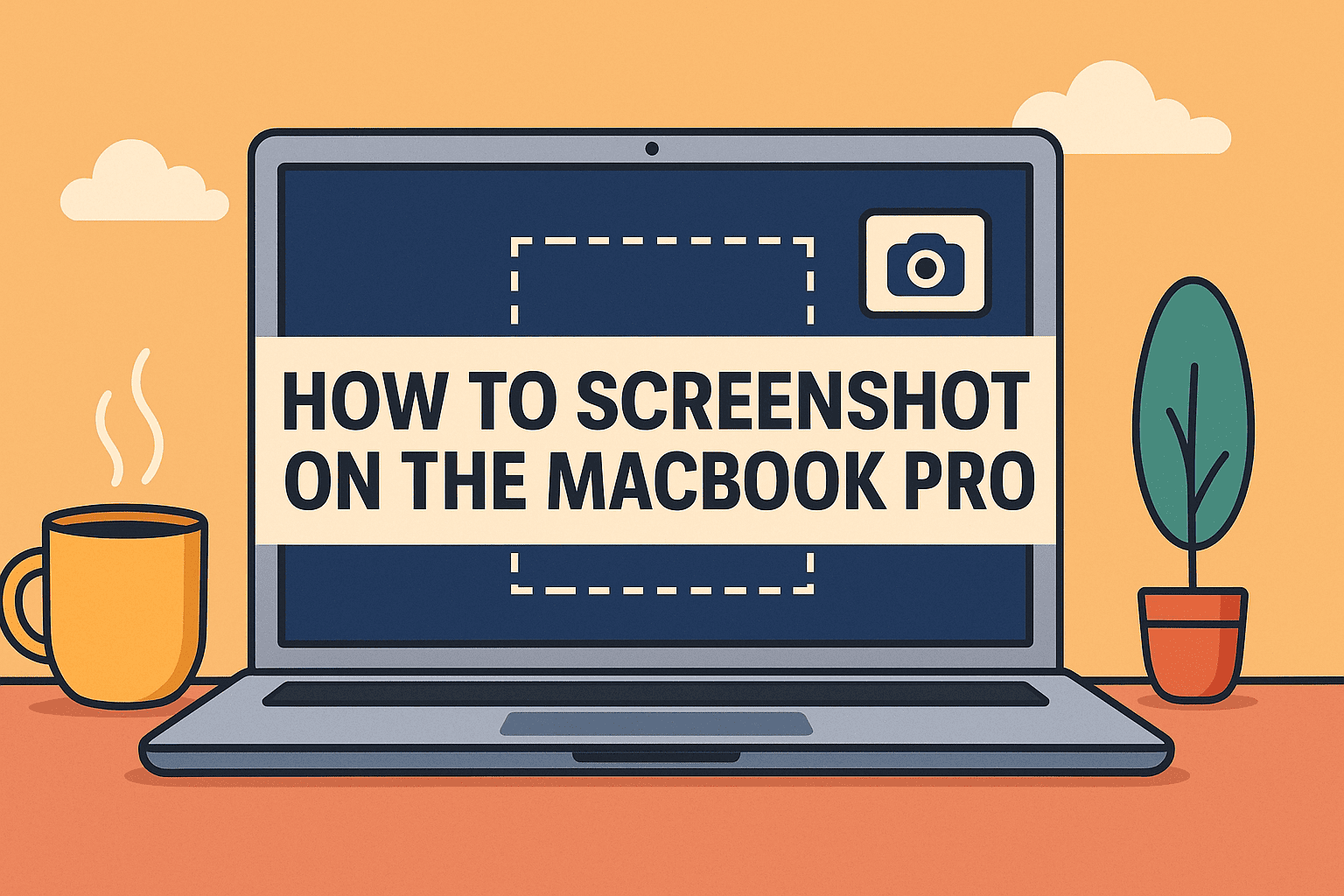
Did you know that a quick screenshot can save time, clarify communications, and even prevent a data breach?
Whether you’re a cybersecurity expert documenting anomalies or an IT manager sharing visual instructions, knowing how to screenshot on the MacBook Pro efficiently is essential. macOS offers several built-in tools and keyboard shortcuts for capturing your screen—and mastering them enhances both productivity and security hygiene.
In this detailed guide, we’ll walk through the best Mac screenshot shortcuts, tools, formats, and advanced tips for IT and business professionals.
Why Screenshots Matter in Cybersecurity and IT
Screenshots aren’t just casual tools—they’re critical for:
- Documenting evidence of phishing attempts or system alerts
- Capturing error logs or misconfigurations
- Creating internal training material
- Collaborating across security and engineering teams
Knowing how to capture screen on MacBook Pro quickly means faster action, better reporting, and improved operational continuity.
Mac Screenshot Shortcuts You Should Know
Here are the most effective Mac screenshot shortcuts that every IT professional and CEO should master:
1. Capture the Entire Screen
Command (⌘) + Shift + 3
- Saves a full-screen image directly to your desktop
- Ideal for capturing alert boxes or full dashboards
2. Capture a Specific Area
Command (⌘) + Shift + 4
- Turns the cursor into a crosshair
- Click and drag to select the screenshot area
- Great for capturing specific UI errors or message snippets
3. Capture a Window or Menu
Command (⌘) + Shift + 4, then press Spacebar
- Turns the cursor into a camera icon
- Click the window or menu to capture it
- Perfect for UI bug reporting or tool documentation
4. Screenshot and Save to Clipboard
Add Control to any shortcut (e.g., Command + Shift + Control + 4)
- Copies screenshot to clipboard instead of saving
- Paste directly into Slack, email, or bug reports
How to Screenshot on MacBook Pro Using Built-in Tools
Using the Screenshot App (macOS Mojave and Later)
Press Command (⌘) + Shift + 5 to open the Screenshot Toolbar:
- Options include capturing entire screen, a selected window, or a portion of the screen
- Also allows screen recording
- Use the “Options” dropdown to set timers or choose save locations
💡 Tip for IT Managers: Set the default save location to a shared team folder for compliance screenshots or shared diagnostics.
Advanced Screenshot Tips for Professionals
Customize Screenshot Settings
- Open Terminal
- Change default save location:
bash
CopyEdit
defaults write com.apple.screencapture location /your/folder/path
killall SystemUIServer
- Change file format from PNG to JPG (to reduce size):
bash
CopyEdit
defaults write com.apple.screencapture type jpg
killall SystemUIServer
Use Preview to Edit or Annotate Screenshots
- Open the image in Preview
- Use Markup tools to circle issues, add text, or redact data
- Export in various formats (PDF, JPG, PNG)
Bonus Tip: For redacting sensitive information (e.g., IPs, credentials), use the Shape > Rectangle > Fill Color: Black tool in Preview.
Screenshot MacBook Pro Keyboard Tricks You Might Not Know
Here are lesser-known tips using the screenshot MacBook Pro keyboard combinations:
- Escape (Esc) during capture = Cancel screenshot
- Spacebar during area selection = Move the selection box
- Option key = Resize screenshot from center
- Touch Bar (MacBook Pro with Touch Bar): Customize a screenshot button into the Touch Bar for instant use
Where Do Screenshots Go on Mac?
By default, screenshots save to your desktop as “Screen Shot [date] at [time].png”.
You can change this location via the Screenshot app toolbar or Terminal commands (as shown earlier).
For IT departments, setting a dedicated screenshots folder keeps evidence and documentation organized and centralized.
Troubleshooting: Screenshot Not Working?
If screenshots aren’t working:
- Go to System Settings → Keyboard → Shortcuts
- Check Screenshots settings and ensure boxes are enabled
- Restart your Mac if the shortcuts still don’t respond
- Run a permissions check:
- Go to System Settings → Privacy & Security → Screen Recording
- Make sure your apps (like Preview or Slack) have permission
Use Case Scenarios for IT & Cybersecurity Professionals
✅ Cybersecurity Analyst:
Capture anomalies during real-time monitoring
✅ IT Support:
Guide end-users using step-by-step annotated visuals
✅ System Admins:
Screenshot configuration screens for documentation or audits
✅ CEOs/Founders:
Document UX issues or misconfigurations to relay to tech teams
Frequently Asked Questions (FAQ)
1. What is the best shortcut to screenshot on a MacBook Pro?
Command + Shift + 4 is the most versatile for capturing selected areas or UI elements.
2. How do I change where screenshots are saved on my MacBook Pro?
Use the Screenshot toolbar or run a terminal command to set a custom folder.
3. Why are my screenshots not saving?
Check keyboard shortcut settings, storage space, or app permissions under Screen Recording.
4. Can I edit screenshots on MacBook Pro without installing third-party apps?
Yes. Use Preview or the built-in Markup feature to annotate, crop, or highlight content.
5. Is there a way to screenshot and paste directly into Slack or Docs?
Yes. Add the Control key to your shortcut (e.g., Command + Shift + Control + 4) to copy instead of save.
Final Thoughts
Understanding how to screenshot on the MacBook Pro is more than a tech trick—it’s a core skill for professionals who value precision, documentation, and speed. Whether you’re solving bugs, documenting compliance issues, or collaborating visually with teams, mastering these shortcuts puts you ahead.
Ready to take your IT workflow to the next level?
✅ Try a powerful IT management platform today and elevate your team’s productivity and security.

